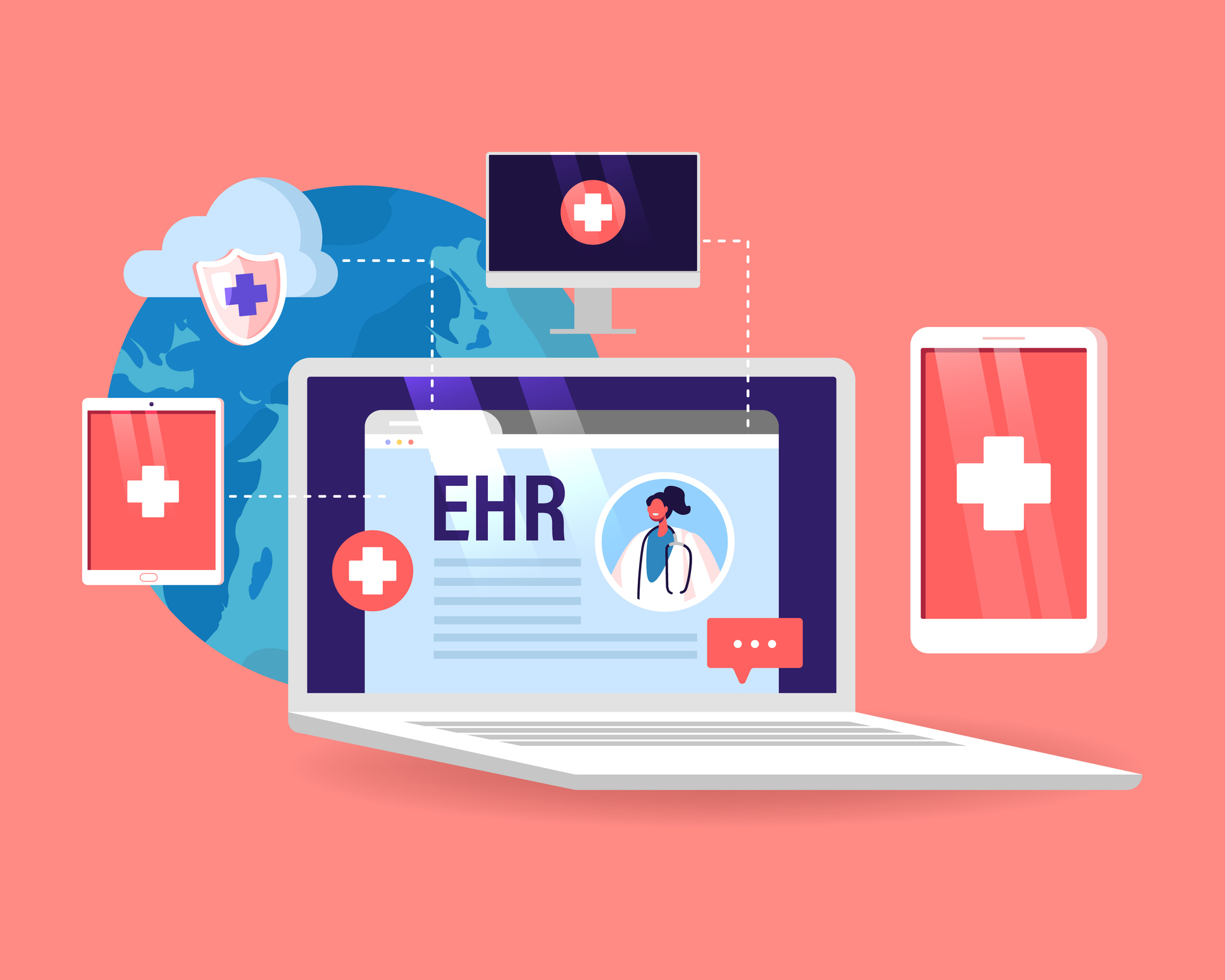Hospital emergency departments (EDs) have become the frontline of the mental health crisis. Yet they often do not have the capacity to provide effective levels of care due to the increased volume and acuity of behavioral health cases, compounded by limited resources and a lack of community-based behavioral health treatment options.
Overburdened EDs create longer wait times, increase the likelihood of medical errors, drive up costs, increase provider stress, and generally lead to poorer patient health outcomes.
To reduce the pressure on health systems, healthcare providers across the continuum of care need to collaborate on patient-centered, nuanced, and holistic behavioral healthcare solutions that transcend traditional ED care.
State of behavioral health care in the ED
One in three Americans have substance use disorder or mental health illness, and 17.3 million U.S. adults experience major depressive disorder. Children’s hospitals saw a 20% increase in trips to the ED for mental health cases from 2019 to 2022, with suicide and self-injury ED cases rising 50%.
When adults and children experiencing mental health issues turn to the ED instead of community resources, it overwhelms health systems. More than 50% of the EDs and hospitals lack psychiatric services. Further, EDs are not designed to provide a safe, therapeutic environment for individuals with acute mental health challenges, particularly those experiencing suicidal ideation, severe depression, or psychosis.
High-stress environments can exacerbate mental health conditions. Ill-equipped emergency care staff may resort to sedation, delaying adequate psychiatry assessments; or they may err on the side of caution and admit patients, preventing bed turnover. This can impact outcomes and readmission rates. One in five mental health patients in the ED comes back within six months.
Fortunately, there are novel care approaches health systems and healthcare professionals can flex and scale as demand for behavioral health ebbs and flows.
The path forward: Easing ED burdens using novel care approaches
EDs in need of a pressure valve can turn to emerging options along the care continuum. Some exist within the health system and some circumvent the ED altogether, providing specialized care to behavioral health patients in alternate care settings.
- Telepsychiatry services: Mental health professionals are in high demand, and it may not be possible for hospitals to rapidly hire and retain specialized staff. Psychiatrists especially tend to be expensive and difficult to recruit. An alternative approach is to adopt telepsychiatry services for as-needed access to psychiatric consultations and care. Telepsychiatry has been adopted in approximately 20% of U.S. hospitals and is endorsed by the American Psychiatric Association as an effective means of psychiatric healthcare delivery. Certain telepsychiatry solutions can provide care coordination services to help manage and expedite the flow of patients from the ED to the most clinically appropriate care setting.
- Emergency psychiatric assessment, treatment, and healing units (EmPATHs): EmPATH units are located within hospitals, either in or near EDs. Behavioral health patients are transferred after any medical needs are stabilized. These units provide a calming, supportive environment better suited for behavioral health patients. Providers observe patients for up to 24 hours to help reduce ED boarding times and unnecessary hospitalizations – freeing up ED staff to support other patients with urgent medical needs. EmPATH units also prioritize follow-up care to help reduce readmissions. One study saw a 60% increase in 30-day follow-up care established at discharge.
- Crisis stabilization units (CSUs): As an alternative to EDs for acute care, specialized facilities or smaller specialist teams like CSUs are devoted to behavioral health treatment. These can provide care to specific populations, such as children and teens. They can also serve as a divergent path from incarceration for behavioral concerns. CSU providers, whether in-person or virtual, can thoughtfully de-escalate urgent mental health issues, conduct psych evaluations, and initiate stabilizing treatment. These discrete teams or facilities (also called Crisis Receiving Centers) often have a two-way path from the ED: as a patient’s first stop after an Emergency Medical Services or police drop off or as a transfer point from the ED when a patient’s symptoms are suited for a CSU.
- Intensive outpatient programs (IOPs): The goal is always to treat the patient in the most clinically appropriate, least restrictive level of care. Inpatient stays can be traumatic, disruptive, and costly for patients and their families, especially if they could be safely treated or discharged to a lower level of care. IOPs are valuable for post-acute discharge for patients with moderate to severe mental health conditions and can help reduce readmissions. Treatment occurs over several hours each week and is increasingly available via telehealth platforms to streamline access. There’s an opportunity for hospitals to invest in more outpatient behavioral health resources like step-down IOP programs to improve patient outcomes and relieve strain on the ED. Plus, these programs help reserve inpatient psychiatric resources for patients who truly need that level of care.
Across these novel approaches, telehealth services can span gaps and ensure access to highly qualified clinicians while helping bolster ED staff and resources. In some cases, a telehealth clinician can better follow and sustain a patient’s treatment path from inpatient to outpatient settings, building rapport and providing consistency that contributes to better outcomes.
Another bridging option between intensive inpatient and outpatient care is partial hospitalization: a patient can attend counseling and treatment sessions during the day, and return home to their families and communities at night.
Optimizing care journeys based on patient needs and using collaborative resources outside of the ED can result in effective and efficient behavioral care, regardless of volume.
Success in solving the ED mental health crisis means promptly rightsizing treatment based on patient risk through accurate, comprehensive psychiatric assessments and stabilizing treatments. Telehealth, combined with innovative mental health facilities, can help cover the scope of mental health concerns and the range of optimal treatment paths – ultimately building stronger connections across the continuum of care and achieving better patient outcomes.
Photo: Professor25, Getty Images
Mark Alter, MD, PhD, is Senior Vice President and Chief Medical Officer of Acute Care at Array Behavioral Care, where he manages its team of OnDemand Care clinicians by guiding them in telemedicine and industry best practices. Dr. Alter is board certified in Pediatrics, Psychiatry, and Child & Adolescent Psychiatry, and is also a principal investigator with the department of psychiatry at the University of Pennsylvania Perelman School of Medicine. With more than 14 years of clinical practice in behavioral health and affiliations with over 10 medical facilities, Dr. Alter provides a wide range of clinical and operational expertise to Array’s partners.




